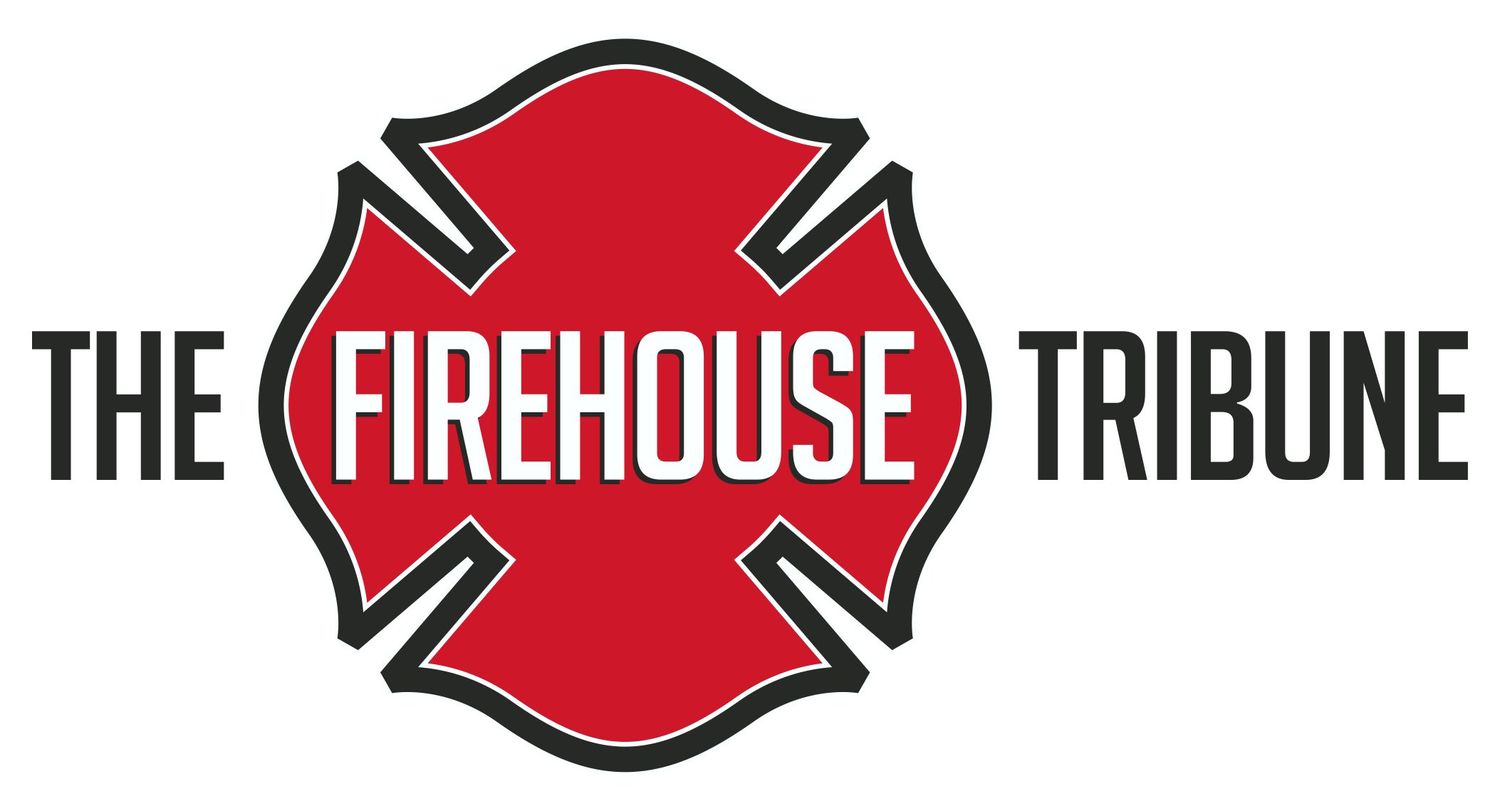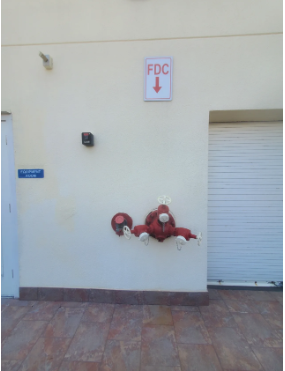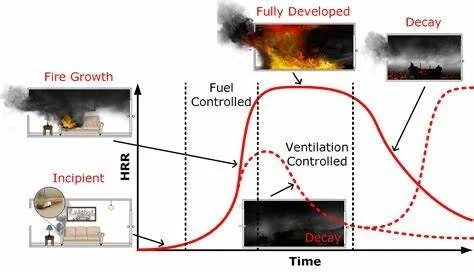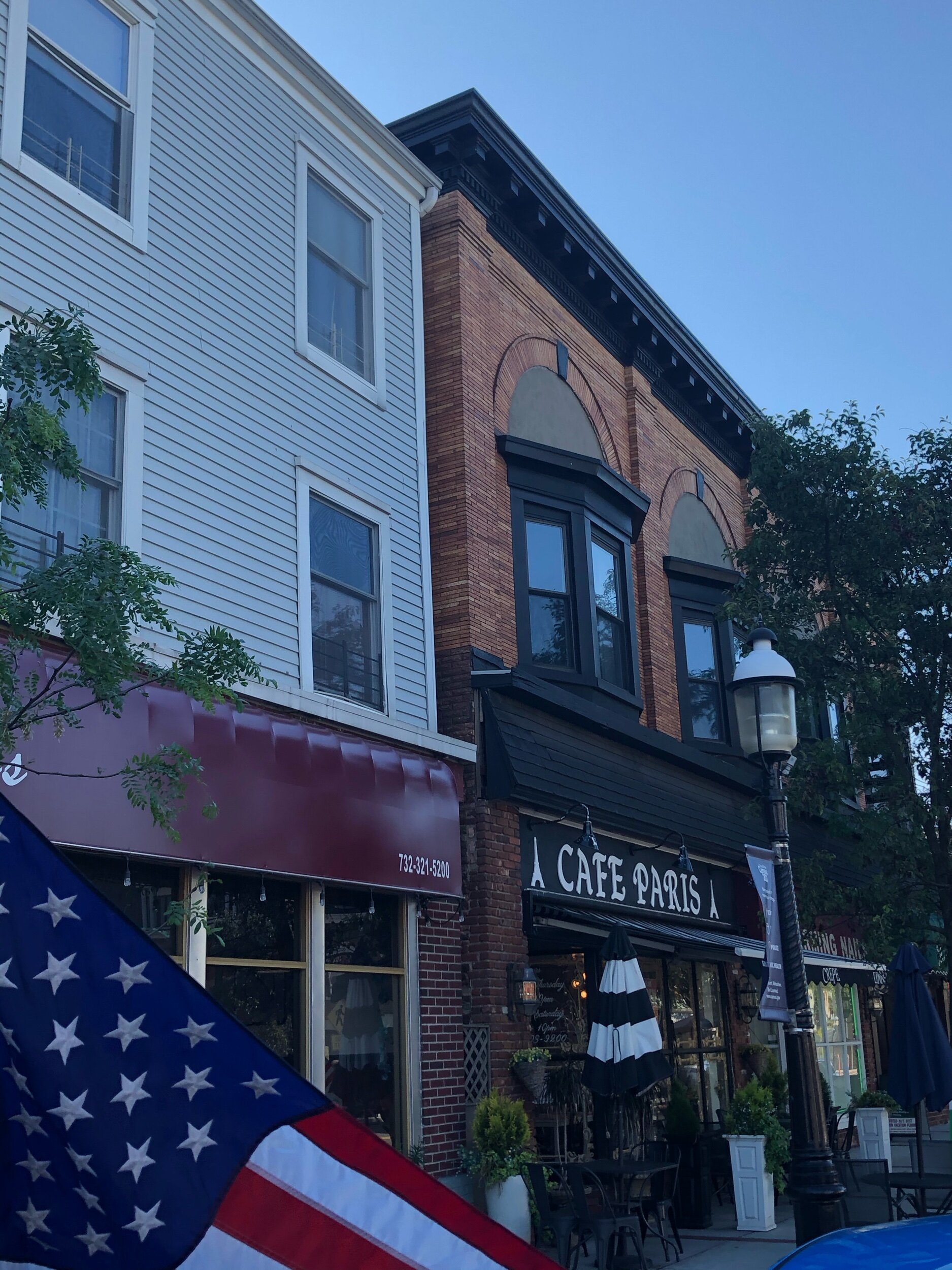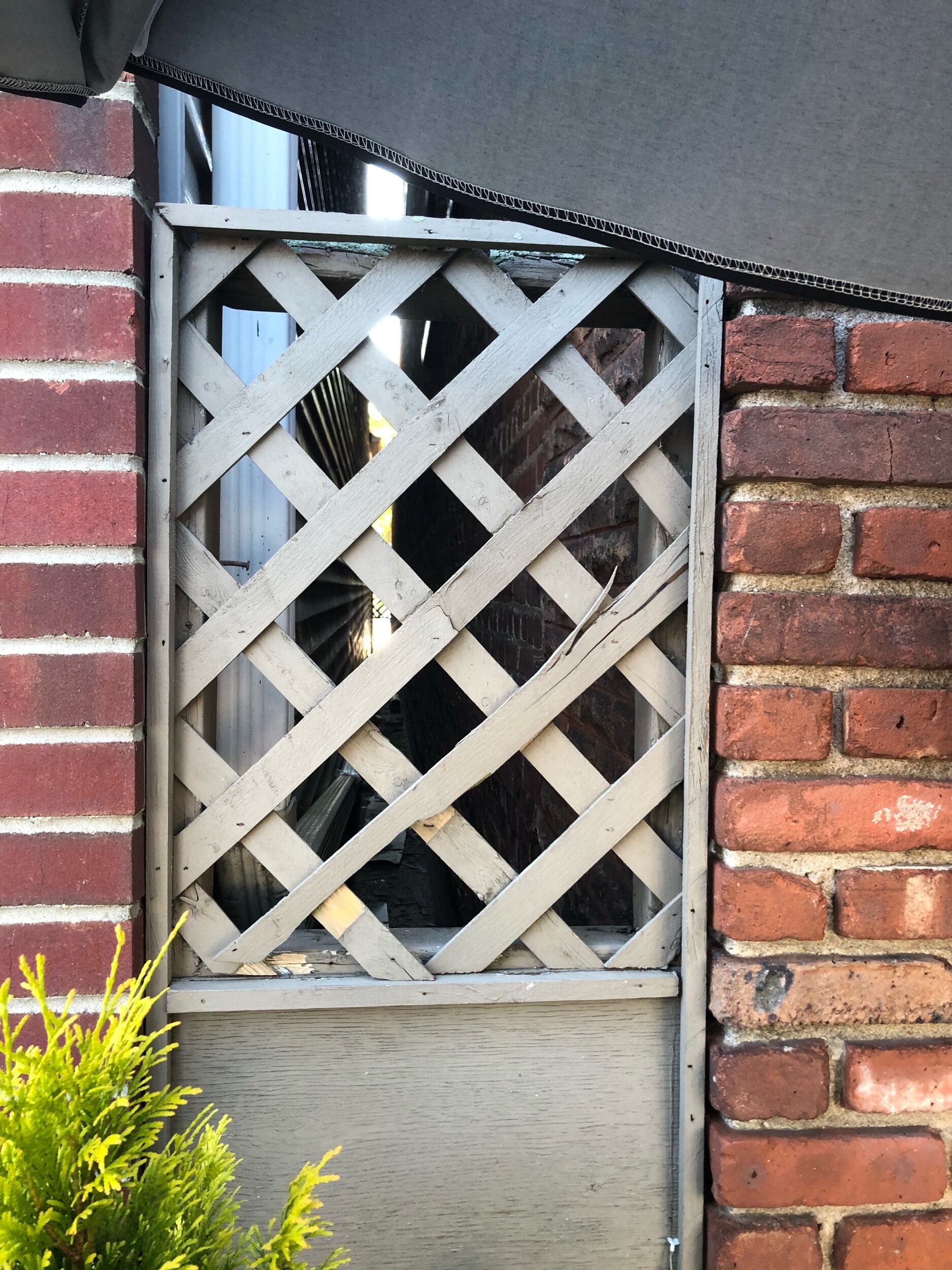The Importance of Locating Building Systems During the 360
Introduction
When firefighters arrive at the scene of a structure fire, their initial actions can determine the success of the entire incident. A critical step is conducting a “360-degree size-up”. Often noted as an issue in NIOSH reports for not being completed, it is a complete walk-around of the building to assess conditions on all sides. One task that should be completed during this procedure is the identification and understanding of building systems: utilities (gas, electric, water), fire protection systems, and HVAC equipment. Locating these systems can greatly impact safety, strategic decision-making, and operational effectiveness.
Understanding the 360 Size Up
The 360 is a fundamental practice in firefighting operations. Its purpose is to move beyond the limited perspective offered from the arrival side of the structure, allowing firefighters to observe crucial details that may influence tactics and safety. This process helps identify fire location and extension, building access and egress points, structural integrity, and occupants in need of rescue.
However, to maximize the value of a 360, firefighters must also seek out and identify building systems. These systems can present both hazards and resources, and the knowledge gained during this process may dictate the sequence and nature of tactical assignments.
Natural Gas Service
Locating Building Utilities
There may be lifesaving value in locating building utilities. Natural gas leaks or burning gas lines can cause catastrophic explosions or intensify a fire. Locating and shutting off the gas supply early could save lives and property. This applies to propane tanks in addition to natural gas. You may also notice a fill pipe indicating the presence of heating oil.
Electricity can energize metal components, elevator shafts, and standing water, presenting electrocution hazards. Knowing the location of the main electrical panel allows the building to be de-energized, reducing risks to both firefighters and occupants.[EH1] While isolating power can improve fireground safety, firefighters must proceed carefully when de-energizing systems due to potential arc flash risks and hazards from high voltages. In addition, emergency generators may continue powering the building, and unscheduled shutdowns can lead to equipment damage or product loss. Fire departments should have an SOP for safe power isolation or coordinate with facility staff to handle the process safely.
Natural Gas and Electric Meters
In some situations, it may be necessary to shut down or restore water flow to protect valuable infrastructure within the building.
Fast food restaurants often store liquid CO2 in cryogenic cylinders for carbonating fountain drinks, which present asphyxiation and thermal risks. Firefighters should know where these systems are and prepare pre-incident plans for their hazards.
Fire Protection and Suppression Systems
Many commercial, industrial, and multi-residential buildings are equipped with fire protection systems such as sprinklers, risers, standpipes, and fire alarm systems.
Fire Department Connection (FDC) and Fire Pump Test Header
Locating the fire department connection (FDC), sprinkler room, or standpipe risers is essential for supplementing water supply and controlling fire spread on upper floors or in remote areas.
Fire alarm panels can reveal the point of origin and current status of the fire alarm system, offering vital clues for search and attack crews.
Some buildings have chemical or gas-based suppression systems, which may require special handling or deactivation in the event of a fire. These systems may also be an indication of the presence of a specialty hazard or high value asset.
HVAC Systems
Heating, ventilation, and air conditioning (HVAC) systems can play a major role in fire behavior and occupant safety. Large HVAC units may contribute to fire spread, and their ductwork can channel smoke and heat throughout the building. Working with facilities personnel to control these units enables firefighters to control smoke movement and improve tenability for both rescuers and trapped occupants.
Large or multiple rooftop HVAC units can present a significant collapse hazard if the roof structure’s integrity has been compromised by fire exposure. It is essential that the presence and location of these units be promptly communicated to interior crews to ensure their safety and support effective incident management.
Energy Efficient Systems
Be observant for red labels or placards that indicate the presence of a solar energy system. Solar panels installed on rooftops may not be immediately visible if you are relatively close to a residential structure or if they are positioned on a flat-roofed commercial building. These systems can present significant hazards, including electrical shock, thermal risks, and potential structural concerns. Mitigation of these systems is a must.
Solar panels on roof of commercial building
Green roofs, characterized by vegetation covering the building's roof surface, present unique challenges for fire operations. These installations can contribute to elevated interior temperatures, pose potential collapse hazards, and complicate roof access and firefighting activities. Although explicit mitigation techniques are limited, it is essential for firefighters to be aware of the locations of green roof systems and to develop pre-incident plans that address the specific risks associated with these structures.
Green roof plantings noticeable at roof line
Incident Command and Tactical Decision-Making
The information gathered during a thorough 360 does not just benefit the first-in engine or truck company. It is central to the entire incident command system. Knowledge of building systems allows the incident commander to:
· Assign crews to secure utilities and building systems, eliminating or mitigating hazards.
· Develop safe points of entry and egress, accounting for building controls and barriers.
· Make informed decisions regarding ventilation, fire attack, and rescue priorities.
This intelligence is particularly vital in complex or unfamiliar buildings, where hidden hazards may not be apparent from the street.
Firefighter Safety
Firefighters can be injured (or worse) by electrical shock, gas explosions, or entrapment in buildings with unrecognized hazards. A disciplined approach to locating and controlling building systems during the 360 can dramatically reduce these risks. By proactively managing utility controls and system shutoffs, crews create a safer environment for themselves and the people they are protecting.
Planning and Training
While the 360 is an arrival assessment, its effectiveness is improved with pre-incident planning. Firefighters should be familiar with common utility and building system locations, especially in target hazards such as schools, hospitals, and industrial facilities. Training in understanding building plans, recognizing system components, and practicing system shutdowns makes the process quicker and more reliable under stress.
Conclusion
Locating building utilities during the 360 is an important step in fireground operations. It influences firefighter safety, operational effectiveness, and the ability to protect life and property. A culture of thorough, detail oriented size-ups - where building systems are included - ensures that firefighters are equipped to meet the complex challenges of today’s built environment. Every fireground victory begins with knowledge, and there is no more immediate or practical knowledge than knowing how a building works, inside and out.
Be Smart - Stay Safe!
